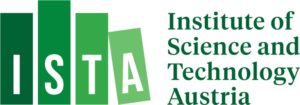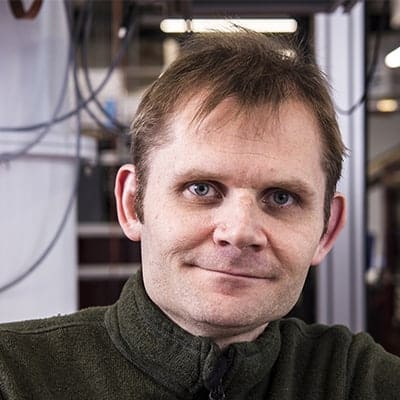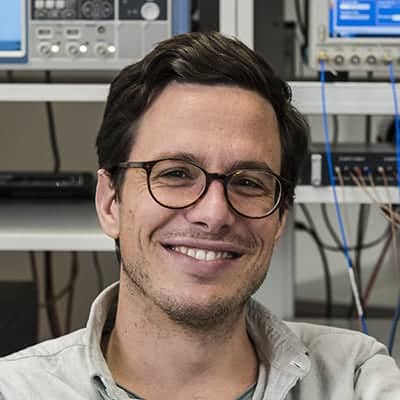Major corporations have recently made dramatic investments toward building a quantum computer. The current level of technological development has been referred to as the era of noisy intermediate-scale quantum computing (NISQ), reflecting the fact that currently available quantum processors are dominated by noise. In fact, because current systems are unprotected, the effect of noise increases with system size, which places stringent limits on the scale of computations that can be achieved. What’s concerning is that, to date, relevant computational speedups are only known for fully protected, fault-tolerant quantum processors. The outstanding challenge faced by the community is therefore to bridge the gap between current NISQ devices and fully protected quantum systems. The fundamental challenge is to isolate complex quantum systems from any environmental influence that would lead to an unwanted measurement of one of its composite parts but at the same time maintain precise control over the entire unknown quantum state of the system.
Two main approaches to achieving protection have been laid out in theory. The first relies on the use of hardware-level protection from topological materials or cleverly designed electrical circuits, i.e., while the environment may interact locally, the full quantum state is encoded in a global property of the system. The second method relies on a large lattice of imperfect qubits together with massive classical-control systems, which correct for errors in real-time via repeated syndrome measurements followed by active feedback.
Embedded in the research infrastructure of the Institute of Science and Technology Austria (ISTA), the Protected States of Quantum Matter project is working toward answering some of the fundamental questions of the first route, i.e., hardware-level protection. The project is structured along two research objectives—namely, how to protect qubits via either non-Abelian physics or circuit design. In the case of non-Abelian physics, the researchers are investigating whether candidate materials indeed display the desired topological behavior. With regard to electrical circuits protected by design, new circuit elements and materials could allow them to reach the previously inaccessible regimes required for intrinsic protection.
The project is being led by Georgios Katsaros, Johannes Fink and Andrew Higginbotham at ISTA in Klosterneuburg, Austria.





